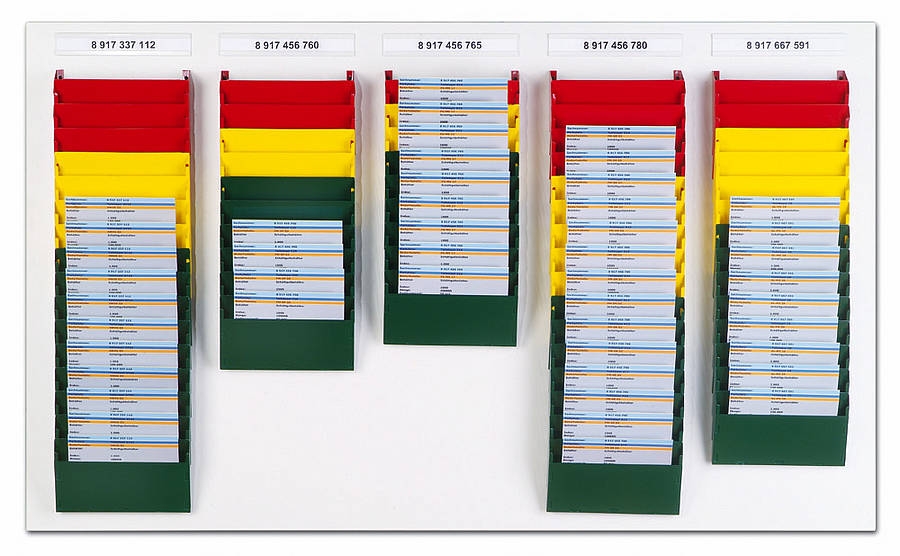Kanban is a Japanese word meaning “signal”.
But what kind of signal?
Most of the time, this type of signal indicates two things:
1. It is time to supply.
2. It is time to produce.
Why was it invented?
Kanban originated as a way to deal with the various issues that arise during the manufacturing process.
Here below there is a list of these potential problems:
1. Uncertainty about the amount of material that every workstation needs.
2. Uncertainty about, how frequently a logistics operator has to pass to replenishes.
3. Uncertainty about the number of logistics operators and storekeepers needed.
4. No clear standards about operators possibility to get their own materials?
5. If one of the operators lack materials, the entire line is held up.
6. Accounting need to count and recount (for inventory purpose) the number of pieces on the production line.
7. Delivery errors in quality and quantity.
You can probably imagine how the issues listed above create a difficult work environment for the operators on duty.
To avoid to be constantly called by the operators for the lack of material, the storekeeper will try to supply the maximum number of components to each workstations.
In some cases and because the workstation is overfilled of material, the operator will take also care of the materials reception leaving his workplace.
In order to keep the rhythm of the production line; is also possible that, because there is always some lack of material, the operator will have to run around or ask the foreman to help him to get the needed material.
If a forklift operator or a foreman is missing, it can get quite chaotic, one operator will have to pick up the task to avoid the stop of the flow.
Situations like these, appears because a standardized communication system between the workers and who carry out the tasks of the logistic is missing.
The KANBAN set the parameters of a communication systems between the workers who are carrying out a value-added activity and the logistics division.
A KANBAN signal always includes, the following informations:
- The item code.
- The standard quantity in the container.
- The exact location where on the line the container must be delivered.
- The exact location of the container in the warehouse (supermarket) of components.
Other informations could be added to this list, but it depend on the complexity of the internal and external supply chain.
The word KANBAN mean SIGNAL, but this concept can take on numerous shapes and sizes: it can range from a simple sheet on a box/container to an electronic impulse.
When auditing a supply chain there are always three important questions to ask: where is the signal that trigger the supply? Where is the signal that trigger the production? What they look like?
The answers to these questions could lead to the entire reassessment of your supply chain.
Mario Mason






